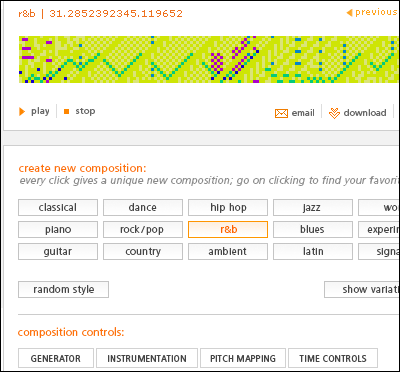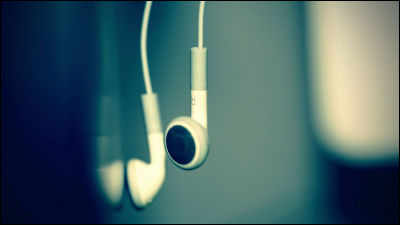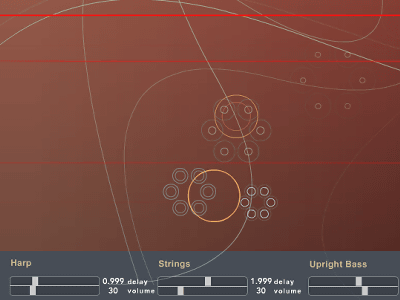'Learning Synths' that you can learn about digital sound creation using synthesizer free and intuitively

by Ricardo Abreu
' Ableton Live to develop creative software for music production, such as' Ableton is, has published a free web page 'Learning Synths' of to learn about the sound making in the digital through intuitive operations such as drag-and-drop.
Get started | Learning Synths
https://learningsynths.ableton.com/

A synthesizer is a tool that can electronically reproduce the sound of various instruments, and is used by musicians when playing on the stage, or as software for producing sound in electronic devices and toys. Software that runs on your computer.
Synthesizers use electricity to make sounds and can usually reproduce the sounds of various instruments. In addition, it is possible to change only some aspects of the sound or to change multiple elements at the same time, and if you keep the music 'Learning how to use the synthesizer to design your own sound It will be, 'says Ableton.
Before learning about such synthesizers, the first thing users will experience with 'Learning Synths' is a simple synthesizer, even if various sounds are produced by dragging and dropping. It is embedded on the web page and you can make various sounds just by dragging the middle circle.
Synthesizer that generates various sounds with a drag embedded in 'Learning Synths'-YouTube
◆ Amplitude
One of the sound elements that can be controlled by the synthesizer is 'amplitude'. You can experience how the sound output from the synthesizer changes as you change the amplitude by dragging it to the left and right of the sliders shown on the following page. Increasing the amplitude (moving the slider to the right) makes the sound louder, while making it smaller (moving the slider to the left) makes the sound smaller.
Amplitude | Learning Synths

Volume control of mobile phones and computers is basically done by adjusting this amplitude.
◆ pitch
In addition, ' pitch (pitch)' is one of the elements that can be controlled by the synthesizer. The pitch refers to the so-called 'pitch of sound', and you can experience how the pitch changes as the pitch changes by moving the slider on the following page up and down.
Pitch | Learning Synths

Many instruments can control the pitch, for example, in the case of the piano, the further to the right of the keyboard, the higher the pitch. Synthesizers support a wider range of pitches than other real-life instruments, covering everything from the highest to the lowest that humans can hear.
◆ Play with amplitude and pitch
Like the world's first electronic musical instrument, Theremin , there is also a synthesizer that can control only the amplitude and pitch, and you can play from the following page.
Play with amplitude and pitch | Learning Synths

◆ Play the synthesizer
Some synthesizers can be used as physical instruments with a piano keyboard. You can play a note by pressing one of the synthesizer's keys. And, as with the piano keyboard, the synthesizer keyboard has the lower pitched one on the left and the higher pitched one on the right.
And, synthesizers, whether physical instruments or software, have knobs and sliders. The slider is for changing the amplitude of the sound, and you can turn the knob to adjust the 'brightness' and 'movement' of the sound.

It is as follows when the change of various sounds is reflected to the operation on the synthesizer.
Besides, you can also enjoy drum percussion sounds and SF robot sounds .
◆ Application
As an application, there is also an attempt to change the pitch of the sound output by the synthesizer over time.
On the following page, you can change the pitch output by the synthesizer with time by drawing a line with the mouse cursor. The drawn line is called an 'envelope'.
Change over time | Learning Synths

Basically, synthesizers use envelopes to create musical tones in the form of lines. The envelope is not a direct sound, but changing this shape changes one or more elements of the sound over time.
Most synthesizers use an envelope with four sections: ' Attack ', ' Decay ', ' Sustain ', and ' Release ', often referred to collectively as ' ADSR '.
By adjusting the four sections called ADSR well, it is possible to express drums and wind instruments with an envelope .

Besides this, it is also possible to explain LFOs , oscillators , filters , and work that actually produces sound by operating the synthesizer from the browser.
Synthesis Playground

Related Posts:
in Review, Web Service, Video, Posted by logu_ii







